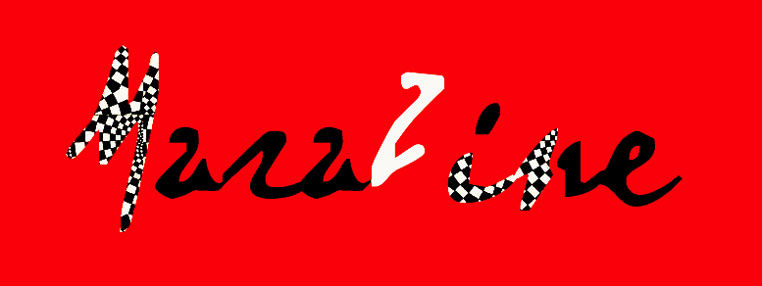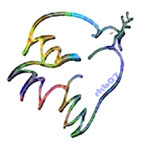Glass Pebble Magnets

These adorable glass magnets make great little gifts, original kitchen or office magnets - as well as a terrific craft for an older child, a teenager or a real grown-up like me. If you do take the time to do it properly, these may be the most satisfying fifteen minutes you spend on an artsy-fartsy craft and end up with a really unique-looking creation, one that finally answers the elusive search for form and function.
 - Transparent glass pebbles with a flat back, the kind you find in the flower arrangement section of your local art/craft supply store. Try to choose the clearest ones you can, you should be able to see your chosen design underneath. It's okay if the pebble shows a little bit of a moiré effect as they often do, it may even add to the charm of the finished piece. You can use different sizes, but it's easier to work with the larger ones.
- Transparent glass pebbles with a flat back, the kind you find in the flower arrangement section of your local art/craft supply store. Try to choose the clearest ones you can, you should be able to see your chosen design underneath. It's okay if the pebble shows a little bit of a moiré effect as they often do, it may even add to the charm of the finished piece. You can use different sizes, but it's easier to work with the larger ones. When choosing your image, remember that the glass pebble has a slightly magnifying effect.
When choosing your image, remember that the glass pebble has a slightly magnifying effect.




































